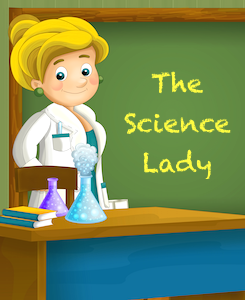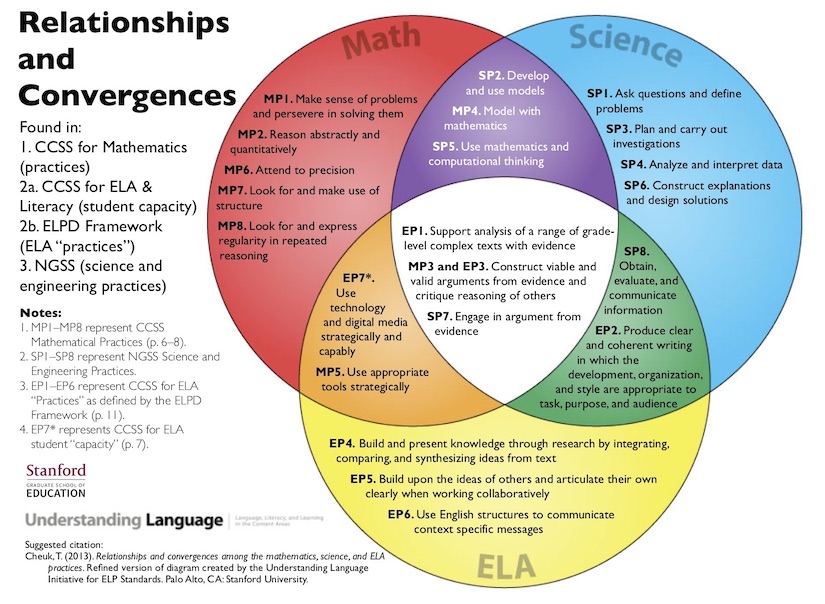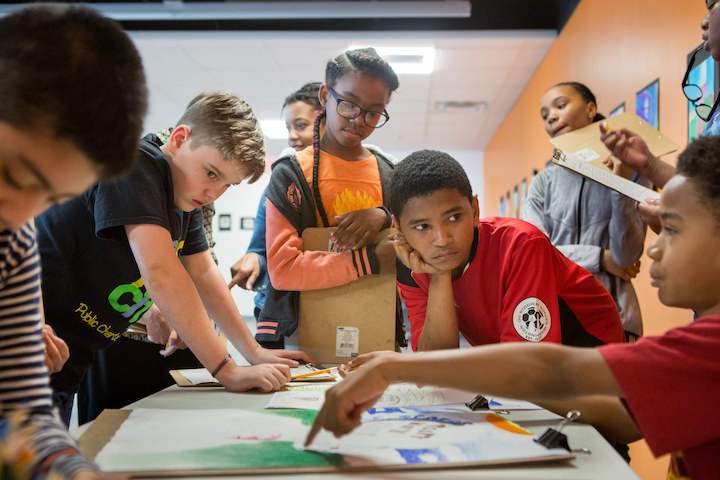Explore Great NGSS Lessons This Summer

What was missing, though, was the flood of third-party lesson plans and teaching ideas that always flow from new standards and big ideas, whatever the content area. That takes time – years, really.
Recently I’ve been wondering just what has happened in the way of resources since the big NGSS release on Tuesday, April 9, 2013 and the early days when we were all just trying to figure it all out.
So I took some time to simply google “NGSS.” After sifting through some flotsam and jetsam, I came up with what looks to me to be at least three pages of credible resources whether you are an NGSS beginner, an NGSS implementer, or even someone close to becoming an NGSS expert.
As most science educators know by now, the New Generation standards integrate three dimensions of learning (introduced in the National Research Council’s A Framework for K-12 Science Education) into its student performance expectations:
(1) Crosscutting concepts that unify the study of science through their common application across science and engineering;
(2) Scientific and engineering practices; and
(3) Disciplinary core ideas in the physical sciences, life sciences, and earth and space sciences and for engineering, technology, and the applications of science.
No matter where you are in the process of changing to 3-D science instruction and lesson integration, there are some must-have resources out there, and the best part is that they are open source and available.
First, the Basics
My first go-to document is the Framework of K-12 Science Education itself which can be purchased in print or freely downloaded in a digital version. Here you can not only find the vision but the “why” behind the vision.
The overarching goal is for all high school graduates to have sufficient knowledge of science and engineering to engage in public discussions on science-related issues, be careful consumers of scientific and technical information, and enter the careers of their choice.”
This document also helps me get a better handle on the disciplinary core ideas, the science and engineering practices, and the crosscutting concepts. The Framework truly is the “origins” document, the “root ball” from which everything “NGSS” has grown.
The standards themselves can be accessed in a couple of different ways. The one I tend to use is NGSS@NSTA . There are also many resources at the official website, Next Generation Science Standards: For States, by States, including high quality examples of lessons and units.
At the same site you can find examples of how units can be bundled together for more cohesive instruction. The resource library here has a wealth of information at one location.
I would be remiss if I didn’t mention another resource growing out of this core work. The NextGen Navigator, a monthly electronic newsletter launched by the National Science Teachers Association in early 2017, has articles by teachers and for teachers with ways to implement new science standards. (This link leads to the newsletter archives, and you can also sign up for future issues.)
Phenomenal Lessons
This past spring, my trips to CSSS science events as well as April’s NSTA annual conference in St. Louis left no doubt that NGSS resources now abound and are becoming so much more accessible.
Phenomena was a big word in St. Louis. The phenomenon I shared was the energy stick which was used in a session with my colleagues from the Teaching Channel. Phenomena-driven instruction starts with a phenomenon that students are curious about. From there we build NGSS-aligned curriculum, develop instruction, and design investigations to answer questions.
When students understand that phenomena have causes, they are better prepared to seek evidence to support explanations; helping students see causes for phenomena about which they are curious is a powerful way to motivate learning.” – Brett Moulding
In an ideal situation the questions and the investigations come from the students, and teachers are facilitating the learning to deepen students’ understanding about science. One of the many resources that can assist in moving this way is an amazing website called Phenomenal #GRC Lessons. The many model lessons at this site were created across districts and states utilizing local phenomenon through collaboration with Brett D. Moulding, Rodger W. Bybee, and Nicole Paulson, authors of A Vision and Plan for Science Teaching and Learning (see PDF).
More phenomenal resources came from a presentation by William Penuel from the University of Colorado as well Brian Reiser, Michael Novak and Tara McGill from Northwestern.
OpenSciEd is another awesome free resource that is being piloted right now. Some units in their Grades 6-8 middle school curriculum will be available by fall. This link will lead you to resources that include a visual of the instructional model being used.
I heard many pleas for ideas for integration from the people who attended our session on Energy: Grade 4 and Above. I do have a few resources where reading and writing are integrated into science learning: My colleague from Wisconsin has shared some integrated science lessons. Another colleague Kirk Robbins has done some work with K-5 engineering and literacy. The intent of his work is to provide an access point to engineering for students.
One website I am particularly fond of is Tools for Ambitious Science Teaching. There is so much here from units to pedagogy. I’ve spent lots of time reading here and studying the tools that are provided. I found them invaluable in my own transition to NGSS.
Courtesy of Allison Shelley – The Verbatim Agency for American Education
The Fourth and Fifth Dimensions
A new idea I heard this spring is that NGSS isn’t just 3-dimensional, it’s 5-dimensional with the other two dimensions being interest and identity. This new thinking comes from the R&D of Phil Bell at the University of Washington. Phil and his colleagues have done amazing work with the development of the STEM Teaching Tools. Here is a slide presentation which introduces the idea of 5-dimensional science education.
I am also a huge proponent of science talk in the classroom. Science talk provides a space where students can grapple with ideas as they make meaning through arguing with the use of evidence. When we plan for instruction, we need to try to make the time for talk.
In many situations, science talk is left out of science instruction. Implementing science talk in a classroom might feel like a daunting task, but there are some good, free resources to support the implementation. My favorite is the Talk Primer developed as part of a quality grade 3-5 curriculum prior to the development of NGSS.
A new resource that just came across my email is the STEM for All 2019 STEM video showcase which highlights work being done in this area, including projects funded by the National Science Foundation. This page link brings you to videos categorized by teachers as the audience.
Implementation of NGSS is challenging work and takes a lot of upfront planning, but the end goal of improved science learning definitely justifies the means. I am going to end with a link to a document I developed at the Vermont Education Agency a few years ago. It still has many relevant links. Spend some time this summer exploring the resources I’ve included here. I think you’ll be excited about much of what you find!






































